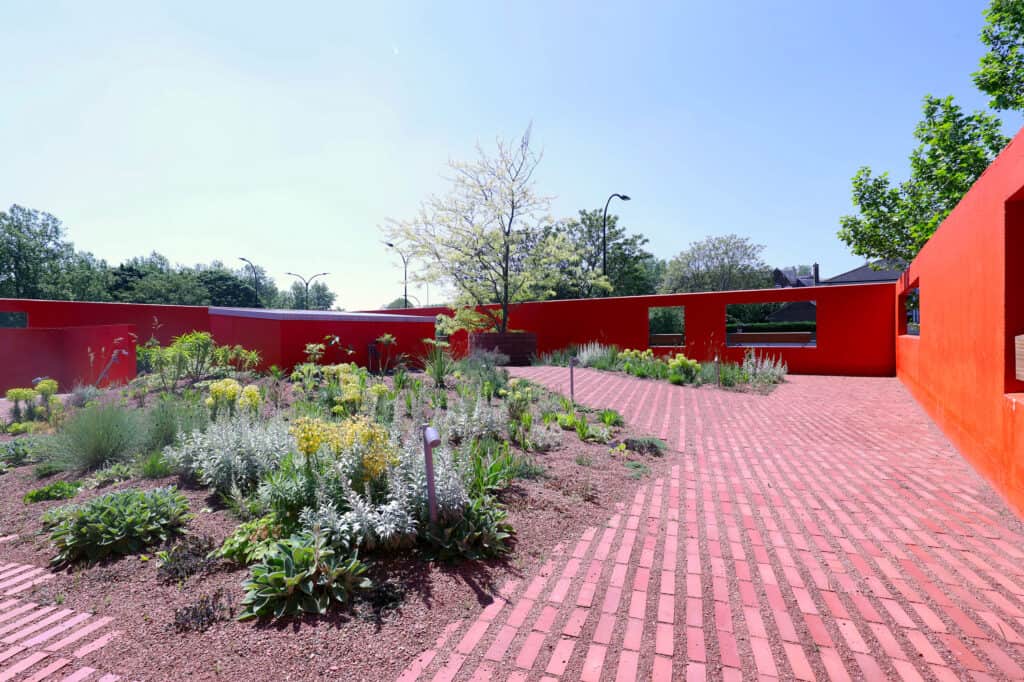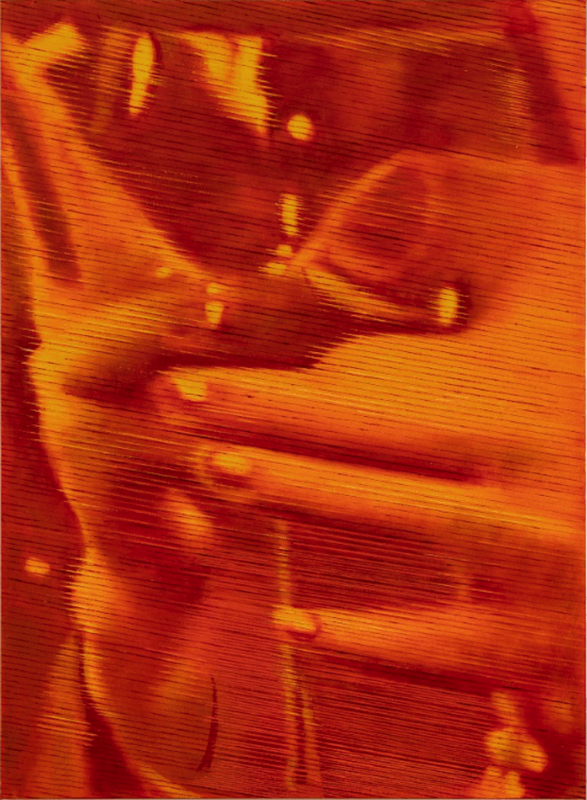
As society seems to be more polarized than it has been in recent years, considering what unites us more than our differences is a philosophy and life approach that is sorely needed.
What unites us comes from the arts, our shared history, and our local interactions within our communities. But, unfortunately, in our schools, the importance of the arts and the humanities has been minimized, which may correlate with the polarization we see in our communities, our politics, and our lives.
While much of our society and business climate is dependent on STEM classes that focus on science, technology, engineering, and math, there is room for arts education.
There are many benefits to arts education that go beyond the specific disciplines. Art allows for individuality, creative expression, patience, and discipline.
Some additional benefits that are derived from arts education include:
- Motor Skill Development
- Language Skills
- Social Skills
- Cognitive Development
- Spatial Awareness
- Decision Making
- Problem Solving
- Risk-Taking
- Creative Expression
- Inventiveness
- Patience
- Discipline
It’s a curiosity that arts education is a minor aspect of a child’s education.
Incorporated with traditional STEM education, a student experienced in arts education has a leg-up on their peers and is better suited for additional educational opportunities later in life.
A combination of arts education and STEM courses allows for more balanced students that are equipped with better self-confidence, more assertive communicators, are predisposed to having a growth mindset, and have a deeper understanding of themselves as inclusive to society at large.
In fact, students with a strong foundation in arts education are more prone to be better problem solvers and open to suggestions regarding problem-solving than a student who lacks those foundations.
The ability to problem-solve, communicate, and have a growth mindset creates a more cohesive person who can understand and empathize with others. In other words, an arts education is one way to bring together two sides that may be polemically different. It’s our commonality, not our differences highlighted by an arts education, and helps unite us more fully.
In clear tones, the arts, then, are essential.
How You Can Make A Difference
Suppose you believe that society is becoming more polarized and stratified and want to do something to unite rather than divide. In that case, there are a few suggestions of actions you can take to bring differences together.
- Take Action
At the very basics, taking civil action, whether it’s volunteering, joining your local PTO, running for school board, or making donations to charitable organizations, you can take action.
Taking action in your community helps advance a more “perfect union” that is built on inclusion rather than division. For example, taking small steps to join a volunteer or charitable organization and possibly getting involved in local politics will enrich you as a person and give you a hands-on approach toward improving your immediate surroundings.
- Foster Community Relations
A ground-breaking sociological work by Dr. Robert Putnam, first published in 1995, details the ways that the social fabric has deteriorated since the 1950s and 1960s. Putnam describes the disengagement of people from political action, party involvement, voter turnout, and service within communities as one of the causes of distrust and disengagement within our society.
He continues to claim that the social fabric has frayed due to the lack of social interaction, such as people turning away from social groups, activities such as bowling leagues and softball leagues, and neighborly interactions as reasons for the polarization will accelerate. To prevent this and change the trajectory from discord toward inclusion is to more reintegrate ourselves into our communities.
- Educate Yourself
Education will enhance your view of your community while also placing you into a position to have better options for a fulfilling career. Studies show that economic happiness contributes to a sense of cohesion, and education is one way you can improve your opportunities.
You can explore traditional educational institutions or explore more flexible programs that accommodate a working parent’s life demands. There are undergraduate, graduate, and even doctoral programs in California that are affordable and offer the disciplines you may have an interest in.
As our society seems to become more entrenched and polarized, it’s more than a mere coincidence that the arts are de-emphasized. The correlation of polarization and lack of arts education seems to be obvious, and to turn the tide, taking an active approach toward working with volunteer organizations, fostering better community relations, and educational opportunities will help you take the proper steps toward improving your community.







